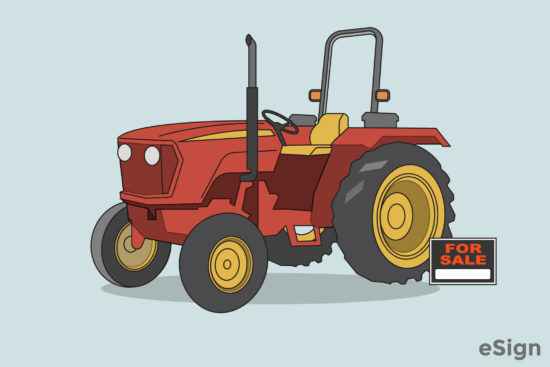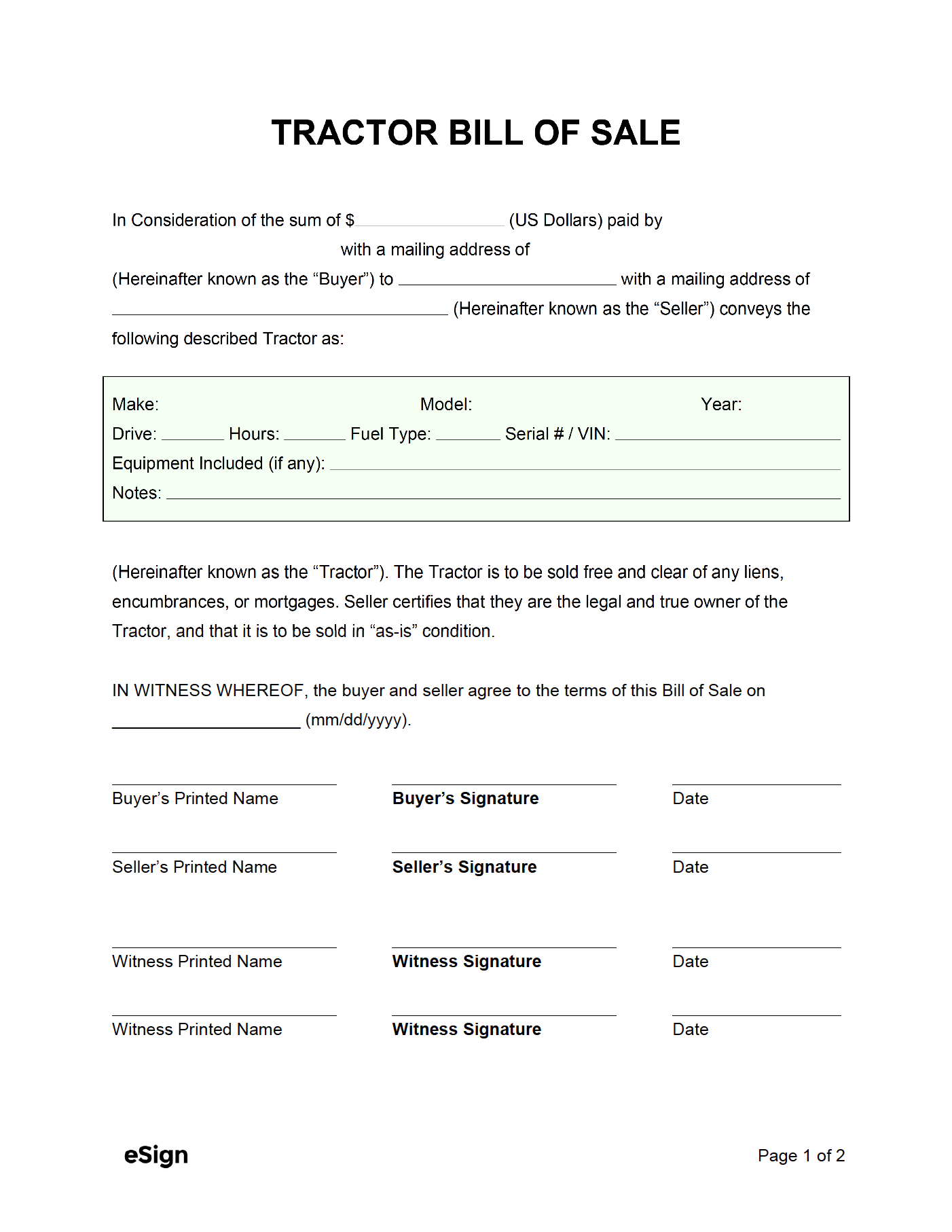Tips for Selling a Tractor

Make Integral Repairs
Clean It
Those in the market for a tractor most likely understand that a used machine will show considerable wear; that said, it’s still worth making sure it’s clean and looks to be in the best condition possible to attract the most interest.
Take Clear Pictures
Clear, well-lit pictures of the vehicle should be taken to give buyers as much information as possible. It is also a good idea to include images of gauges, serial numbers, the make and model information, and areas that are commonly worn out.
Use Online Advertisements
Online advertisements are an easy way of streamlining the selling process. The majority of the work involves entering the tractor’s specs, writing a paragraph on anything buyers should know, uploading the pictures, and paying for the listing.
Be Realistic on Pricing
Before posting the ad, sellers should browse various listing websites to get a sense of the standard selling point for tractors of a similar make, model, and age.
Sample
Download: PDF, Word (.docx), OpenDocument
TRACTOR BILL OF SALE
In consideration of the sum of $[AMOUNT] paid by [BUYER NAME] with a mailing address of [BUYER ADDRESS] (the “Buyer”) to [SELLER NAME] with a mailing address of [SELLER ADDRESS] (the “Seller), the Seller hereby conveys the following described tractor:
Make: [MAKE] Model: [MODEL] Year: [YYYY] Drive: [DRIVE TYPE] Hours: [#]
Fuel Type: [FUEL TYPE] Serial Number / VIN: [#] Equipment Included (if any): [EQUIPMENT]
Notes: [OTHER INFO]
Hereinafter known as the “Tractor.”
The Tractor is to be sold free and clear of any liens, encumbrances, or mortgages. Seller certifies that they are the legal and true owner of the Tractor and are selling it in “as-is” condition.
IN WITNESS WHEREOF, the Buyer and Seller agree to the terms of this Bill of Sale on [MM/DD/YYYY].
Buyer’s Signature: ____________________ Date: [MM/DD/YYYY]
Printed Name: [BUYER NAME]
Seller’s Signature: ____________________ Date: [MM/DD/YYYY]
Printed Name: [SELLER NAME]

